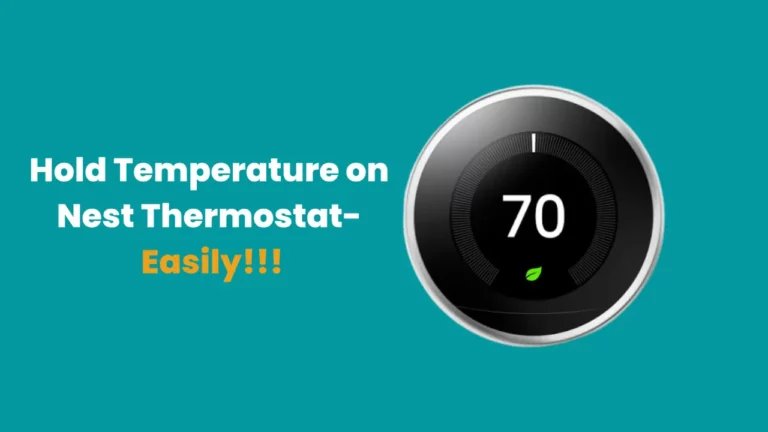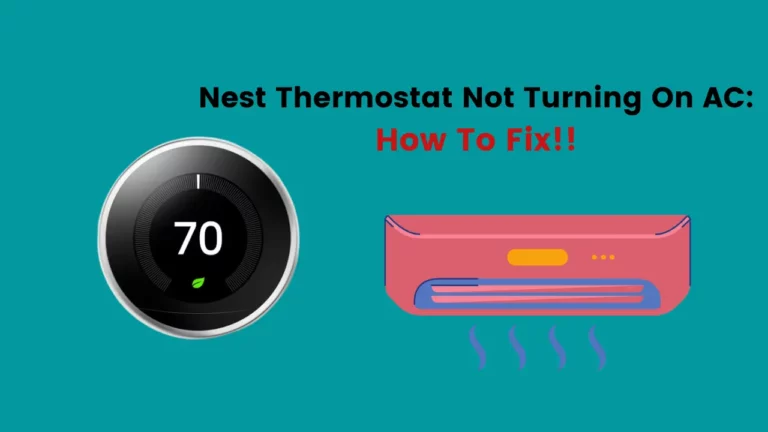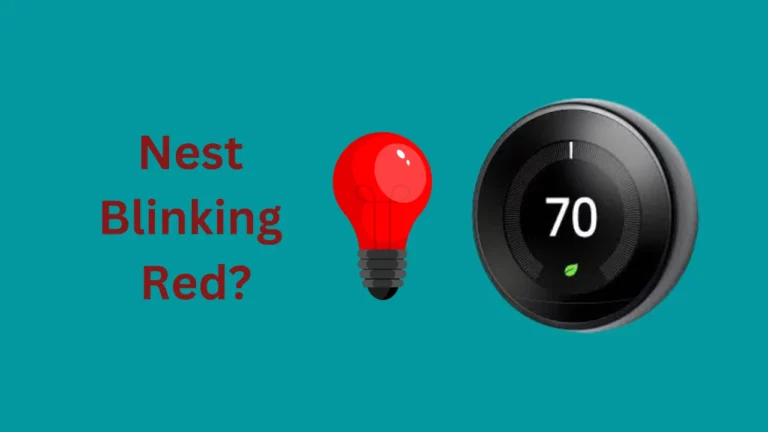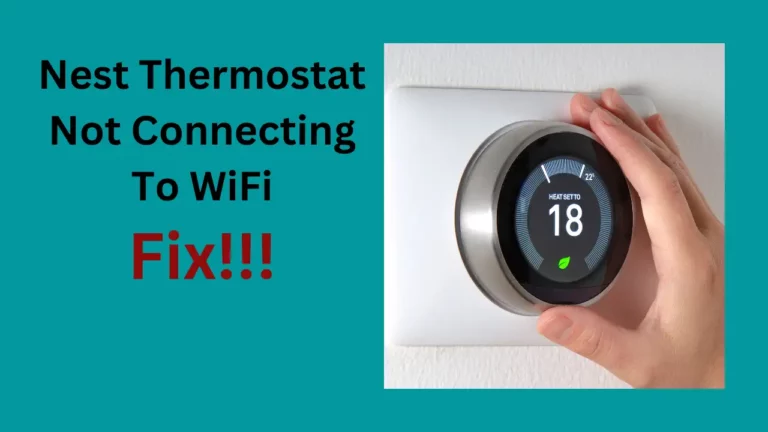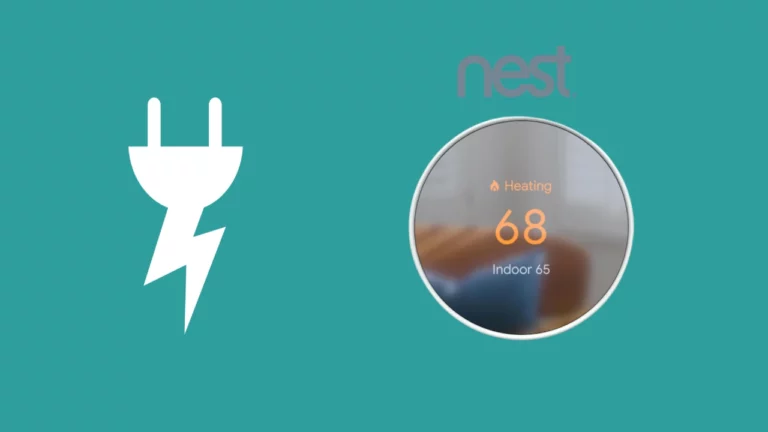Your Nest thermostat alerts you when there is no power to the Rh wire by displaying the error number “E74.” Typically, you can diagnose an E74 problem on your own and often fix it without contacting an expert.
The Nest troubleshooting processes simplify identifying and resolving the issue, even if there may be several causes, ranging from loose connections to clogged drain pipes, causing no power to the Rh wire.
In this article, we have listed the various ways to troubleshoot the E74 error on Nest Thermostat and the causes behind this problem.
What Does Rh Wire Mean and What Does It Do?
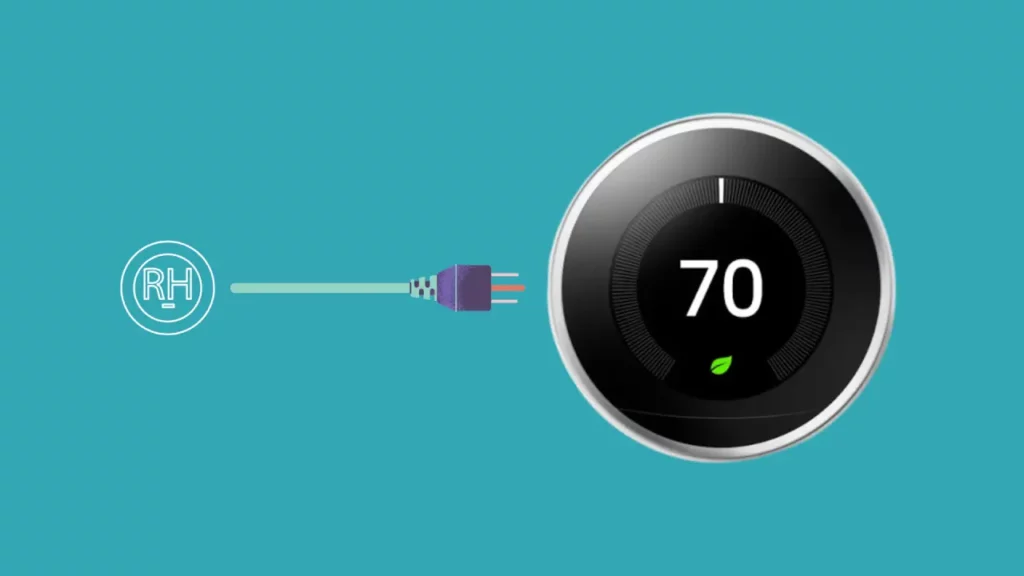
Since you are a Nest user, you already know that thermostats are included with combined air conditioning and heating equipment. These are divided into two sections: heating and cooling. The wiring for combined thermostats is called Rc and Rh. A live electrical cable is also indicated by the letter “R.”
While Rc cables run the cooling system, the heating system is connected by Rh wires, also known as “red heating” wires. They are in charge of the transformer’s constant voltage. Rh wires are connected directly to the Rh connector on your thermostat.
Your thermostat can run continuously without batteries because of the Rh wire that connects it to the furnace. (1)
How To Fix Nest No Power To Rh Wire?
If your Nest thermostat isn’t receiving any power through the RH wire, then you need to take a few steps to get it working properly again.
Here are the troubleshooting steps you must use to fix the issue: (2)
Check Your Nest Thermostat Rh Wire Connection
If, after installing the Nest, the E74 error message frequently appears, this is probably caused by improper placement of the Rh wire.
Follow these methods to determine if this is the reason why your Rh wire isn’t receiving power:
- Tap on the E74 Error: RH wire no power code that appears on the monitor.
- You will then be sent to the diagram’s “Tech Info” page.
- To check for loose wire connections, review the tech info diagram. Any exposed wires are marked red on the diagram.
- If the Rh wire is red in color, then, most likely, the connection is faulty.
- Connect the Rh wire after removing the Nest display.
- You can see where it should belong in the tech information diagram.
Check If HVAC Unit Drainage Pipes are Clogged
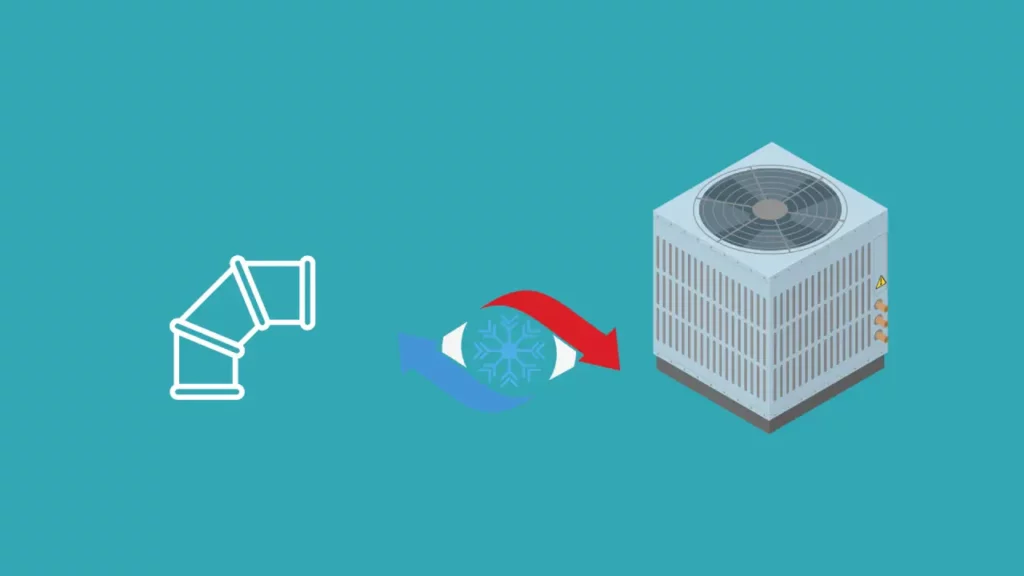
Clogged AC drainage pipes are another typical reason why there is no power to the Rh wire mostly. In these cases, condensation can occasionally fail to drain adequately from the lines. When this occurs, the thermostat’s electricity is turned off by the air handler float switch, which avoids spills and water damage.
Look at the float switch near the air handler to determine whether this is the source of your problem.
By shaking the floating mechanism at the top, you may determine if the switch is operational. If it’s functioning correctly, it should click.
If you do not hear a click, a blocked drainage pipe is usually the cause of the switch becoming unplugged.
Find your drainage pipes and remove any blockages and extra water first.
Afterwards, go back to the condensate switch. Return the float to the bottom by hand. After waiting a short while, your thermostat should be working correctly again. (3)
If You are facing E73 Error on Nest Thermostat, Check our Post "Nest Thermostat No Power To RC Wire (E73 Error): How To Fix"
Check HVAC Float Switch
The HVAC system of your house contains a condensate overflow switch located next to the Air Handler unit. This switch protects your home against a potential water overflow from the HVAC system.
The overflow switch will cut off the electricity and turn off the AC if your drainage tube is dirty or clogged.
This overflow switch is a floating mechanism that acts as an AC switch. When you rock the float back and forth, you may hear a slight clicking sound that determines that the reed switch is still functional.
To see that the HVAC switch is working just fine, follow the below steps:
- Assess the cleanliness of the AC drainage pipe.
- Remove the float switch, and then lower the float.
- Inspect the RH wire status on the Nest Thermostat screen after a little delay.
Whether this resolves the problem, you must remove all the water from the AC unit’s water collection pan and check to see if the drainage line is blocked.
Reinstalling the float switch after cleaning the system allows your air conditioner to function normally.
Check For a blown Fuse in HVAC Control Unit

The HVAC system has a control unit fuse that is susceptible to blowing from changes in power or disconnected wires.
The HVAC control unit fuse resembles a little switch on the right side of the system.
You can follow the given instructions to see if your control unit fuse has indeed blown:
- Switch off the HVAC system.
- Take out the fuse.
- Check to see whether the connection wire is melted in the middle. The wires should be visible from the outside because the fuse’s case is translucent.
- The fuse is blown if the white, u-shaped wire is damaged.
You get a replacement fuse that is the same type as the previous one, and its colour corresponds to its current rating. So, if you remove a purple fuse, replace it with a purple one.
Furthermore, there is a possibility that your HVAC has yet another root problem if your fuse blows. Therefore, schedule a visit with a certified AC technician as soon as possible to test and resolve any difficulties.
Manually Charge Your Nest Thermostat With a USB
The thermostat’s battery can run out if there is a power outage in the house for a prolonged period or if the thermostat’s connection is receiving no power. In this case, the thermostat will recharge the battery and switch on quickly once the electricity is restored.
In addition to other signals, the Nest Thermostat’s flashing light will let you know when it is charging. You may be required to manually charge Nest thermostat internal battery if the screen remains blank after several hours.
Perform the following steps to charge the battery:
- Start by removing the wall plate from the thermostat.
- You will notice two connectors at the rear side of the thermostat. One of the two connectors should be a Micro USB 2.0
- It is to be connected to a suitable charger and left to charge for around an hour.
- In a few minutes, the display will begin to turn on.
Replace The HVAC Contactor Relay
The outdoor AC unit’s malfunctioning contactor relays often cause the E74 error to appear. So, what causes the fault in contactor relays?
Most frequently, deterioration with ageing is responsible for the relay producing sparks. The fuse from the control unit can occasionally blow out when the coil malfunctions.
In either situation, a new contactor relay is required. You should not, however, change the relay solely on your own. For peace of mind that there isn’t a safety danger, it is preferable to seek expert assistance.
In most circumstances, you must also change the fuse and the relay. Your HVAC system’s capacity and type will also affect the contactor relay model.
Check If Rh Wire is Touching Another Thermostat Wire
The issue for your error is likely an Rh wire contacting other wires if you replace blown fuses frequently, yet your furnace continues to blow the same fuse each time you turn it on.
The Rh wire in your Nest thermostat may be coming into contact with another wire, which would explain why you don’t have power to it. A blown fuse and a power loss to the Rh wire happen when a naked Rh wire comes into contact with another exposed thermostat wire.
Installation mistakes are the most frequent cause of an Rh wire touching another wire. It’s likely that your HVAC installer accidentally peeled the wires when connecting the thermostat wire without noticing it. The Rh wire might now be revealed and come into touch with some other exposed wire.
Another possibility is that your installer over-stripped the cables when connecting them to the thermostat.
The Rh wire can ultimately come into touch with another wire within the thermostat when wires gradually settle next to each other as time passes. This will also cause the furnace’s fuse to blow, eventually needing to be changed.
Where Does Rh Wire Go on Nest Thermostat?
We found that the wire transmitting power and data between the furnace and the Nest thermostat is designated as the Rh wire on the device.
There is no set rule for what colour wire should be used; however, red is the most typical choice.
Your furnace’s Rh wire has to be connected to the Rh slot on your Nest thermostat and to the same slot on the furnace; i.e., the Rh slot.
Conclusion
Google Nest thermostats have an advanced error-code function that makes it simple to spot issues. Most of the time, you’ll be able to fix the problem on your own. But if the issue still exists after you’ve followed all the above methods, you should call Nest support or a licensed HVAC professional to examine your system.
Frequently Asked Questions (FAQs)
Why is there no power to my RH wire?
The possible reasons that there is no power to your Rh wire might be that your power supply is inconsistent, the wire isn’t properly inserted, the Rh wire is in contact with another thermostat wire, the HVAC drainage pipe is clogged, etc.
Why is my Nest not detecting the RH wire?
If Nest is not detecting Rh wire, you should check if the wire is correctly inserted into the connector or not. Other reasons might be that the wire is corroded or some tangles can cause your Nest Thermostat not to detect the wire. If you have checked your Rh wire for all these reasons, the issue can finally be an insufficient power supply.
Where does the RH wire get its power?
The RH stands for “red heating” wire and gets its power from the wire connected to the HVAC system of the house. It would be best if you made this connection to power your thermostat and your air conditioner’s heating system.
Should Nest be connected to RC or RH?
You can have separate Rh and Rc cables from the wall connected to your system if you have independent heating and cooling systems. However, the Rh wire can serve as the power wire for your heating and cooling systems if you don’t have an Rc wire.
Does Nest thermostat need Rh wire?
The Nest thermostat does not require a Rh wire for most installations. However, if you have a heat pump system, you may need to connect both the Rh and Rc wires to operate properly. If your system has an auxillary or emergency heating source, it is also recommended that you connect the Rh wire.
When does Nest say no power to Rc wire?
Nest may say no power to the Rc wire during wiring your thermostat when the power flow between the two wires is reversed, which could cause problems with your system and should be corrected. In most cases, this situation can be fixed by flipping the jumper between the Rh and Rc connections on your thermostat.


